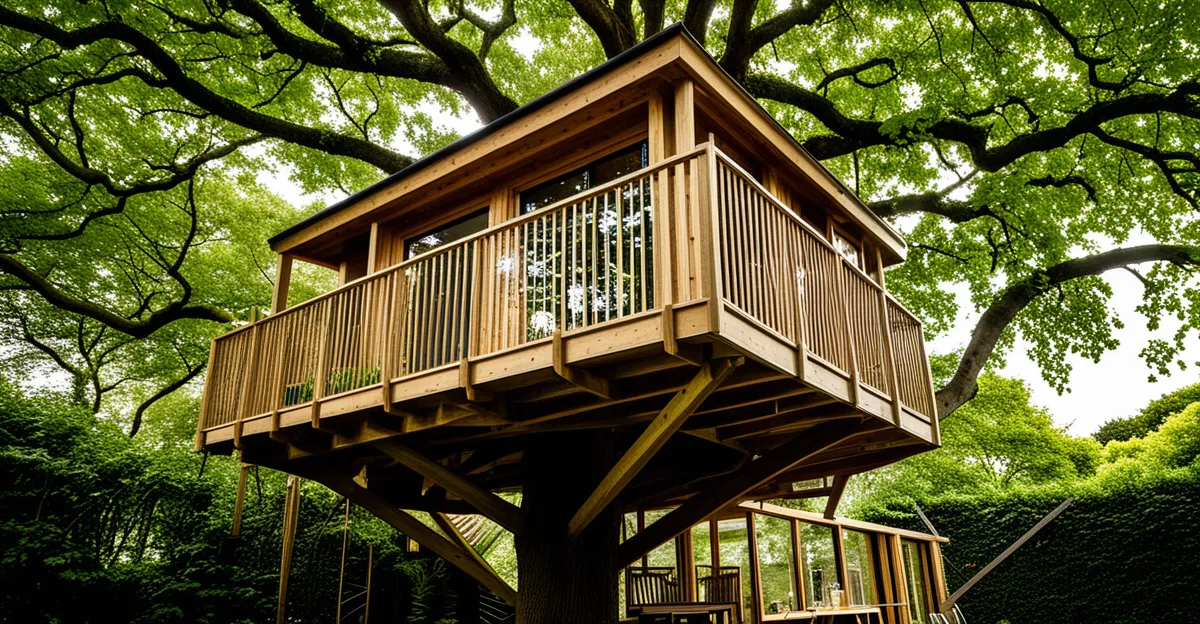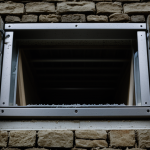Key legal requirements for building a treehouse in your London garden
Understanding treehouse construction laws in London is crucial before you start building. The legal requirements often hinge on securing the proper planning permissions from your local council. These permissions ensure your project complies with both local authority guidelines and national building regulations.
Planning permission is usually required if the treehouse exceeds specific size and height limits or if it is intended to be used as a separate dwelling. Each London borough has nuanced rules, so carefully consulting your local authority guidelines is essential to avoid fines or forced removal.
Additional reading : Ultimate handbook for installing home elevators in london’s multi-level residences: expert advice and vital insights
Building regulations also come into play. They cover structural safety, materials, and accessibility to ensure your garden treehouse is safe and stable. These regulations protect property values and neighbouring rights by preventing inappropriate or unsafe developments.
Common legal obstacles residential properties face include restrictions in conservation areas and limitations if your garden has protected trees. London’s diverse urban landscape means you must balance creative freedom with meticulous legal compliance. Knowing the specific treehouse construction laws London applies to your area gives you a solid foundation to plan transparently and legally within garden property boundaries.
In parallel : Unlocking newcastle’s zoning laws: the ultimate guide to crafting an ideal home office
Step-by-step process for obtaining permissions
Securing planning permission for your London garden treehouse starts with understanding the application process required by your local council. Begin by preparing detailed documents, including architectural plans illustrating the size, location, and design of your treehouse. These documents must adhere to local authority guidelines to avoid delays or rejection.
Next, submit your application through the council’s designated online system, ensuring all required forms and supporting materials are complete. This system usually offers status updates, helping you track progress. Be aware that typical timelines for review can range from eight to twelve weeks, depending on the complexity and location.
During the evaluation, your application is assessed against treehouse construction laws London enforces, such as compliance with height limits and building safety standards. Councils may consult neighbours or request additional information, so being responsive promptly accelerates approval. Understanding this process in detail empowers you to navigate potential hurdles efficiently, aligning your project with the legal requirements for smooth local council approval.
London-specific regulations and restrictions
Navigating London planning rules is essential when building a treehouse. Each borough sets specific height, size, and location limitations that must be met according to local authority guidelines. For example, many councils restrict treehouses to a maximum height of 2.5 to 3 metres to prevent overshadowing neighbouring properties.
If your garden lies within a conservation area, stricter rules apply. These areas often require additional permissions, considering the impact on the historic character of the neighbourhood. The same goes for listed buildings, where treehouse construction must not alter protected structures or their settings.
Another important legal consideration involves protected trees. London’s urban tree canopy features many trees under preservation orders. Removing or damaging these trees without proper consent can lead to hefty fines. Treehouses must be designed to avoid harming root systems or branches, and councils may request an arboricultural report.
Environmental impact assessments may also be necessary, especially if the site borders greenbelt or ecologically sensitive zones. By following these London planning rules closely, you ensure compliance with legal requirements and safeguard your project’s approval chances.
Key legal requirements for building a treehouse in your London garden
Building a treehouse in London entails adhering to strict treehouse construction laws London enforces through local authority guidelines. The primary legal requirements involve securing planning permission when your design surpasses specified size or height thresholds or if it has features resembling habitable structures. Each London borough administers these permissions, reflecting local authority guidelines that align with national building regulations.
Building regulations play a significant role in ensuring structural safety and the use of appropriate materials. These regulations dictate frameworks that protect both the builder and neighbours, mandating standards for stability and durability that prevent hazards or property damage. Compliance also addresses factors such as safety barriers, load-bearing capacities, and fire risk mitigation.
Challenges often arise around conservation zones or presence of protected trees, where the legal requirements tighten. London’s planning regimes integrate environmental and heritage preservation measures, requiring additional permits or reports from qualified arborists. Overlooking these treehouse construction laws London introduces risks of enforcement actions, including fines or mandatory dismantling.
Understanding and fulfilling these legal requirements through close alignment with your borough’s local authority guidelines ensures your garden treehouse project progresses smoothly and lawfully.
Key legal requirements for building a treehouse in your London garden
Securing essential planning permissions is the first step under treehouse construction laws London enforces. Most local councils require these permissions when your treehouse exceeds certain size or height limits or if it resembles an additional dwelling. Adhering strictly to local authority guidelines ensures approvals align with London’s complex regulatory landscape.
Building regulations also apply firmly to garden treehouses. They mandate compliance with standards for structural strength, stability, and suitable materials, ensuring the finished build is safe for use. These regulations cover load-bearing capacity, fire safety, and barrier installations to protect young users, reflecting a commitment to overall structural safety.
Common legal obstacles often stem from protected trees or conservation status of the property. Councils impose extra hurdles in these cases, requiring tailored reports or restrictions to prevent environmental or heritage damage. Failure to meet these legal requirements risks enforcement actions, including fines or compulsory removal. Navigating these challenges with a clear understanding of your borough’s local authority guidelines establishes a solid foundation for a compliant, safe, and successful garden treehouse project.
Key legal requirements for building a treehouse in your London garden
Building a treehouse in London demands strict compliance with treehouse construction laws London enforces through local authority guidelines. The foremost legal requirements involve obtaining essential planning permissions when your project surpasses certain size or height thresholds. Local councils scrutinize these applications carefully, considering potential impacts on neighbours and surroundings.
Building regulations equally govern garden treehouses, targeting structural safety and material standards. These regulations mandate load-bearing capacity, fire safety measures, and secure barrier installations, especially where children will use the treehouse. By conforming to these standards, builders protect user safety and align with legislative expectations.
Common legal obstacles include restrictions posed by conservation designations or the presence of protected trees. When these factors apply, additional consents or specialist reports (such as arboricultural assessments) may be necessary. Ignoring these local authority guidelines risks enforcement actions like fines or compulsory removal.
Ensuring your project meets these legal requirements is crucial. Collaborating closely with your local council facilitates adherence to treehouse construction laws London, supports timely approval, and fosters a safe, lawful treehouse in your garden.
Key legal requirements for building a treehouse in your London garden
Obtaining essential planning permissions is fundamental under treehouse construction laws London enforces. Most local authority guidelines mandate that you secure permission when your treehouse exceeds specified height or size thresholds or resembles a habitable structure. These permissions ensure your project complies with zoning and neighbour impact considerations.
Building regulations apply rigorously to garden treehouses, focusing on structural safety. They require adherence to standards for load-bearing capacity, fire safety, and the installation of secure barriers, especially to protect children. These rules guarantee the treehouse is not only safe but also constructed with approved materials, preventing hazards and ensuring long-term durability.
Common legal obstacles include restrictions from conservation designations and the presence of protected trees. These factors necessitate additional consents or specialist reports in line with local authority guidelines. Overlooking these can lead to enforcement actions such as fines or mandatory removal. Understanding these legal requirements and actively engaging with your borough’s guidelines equips you to navigate the complexities of London’s treehouse construction laws effectively.










